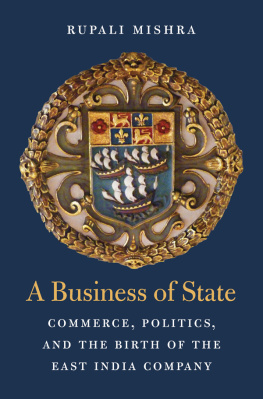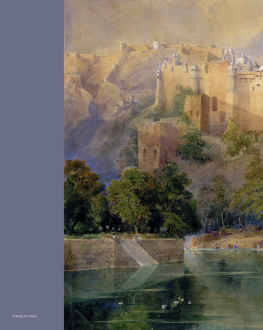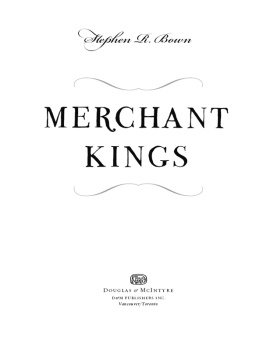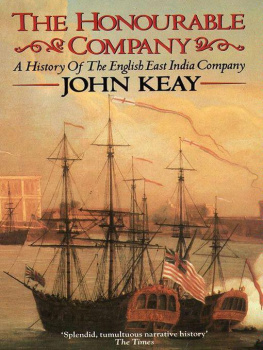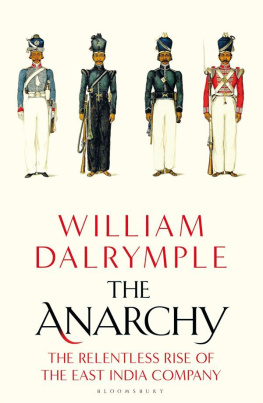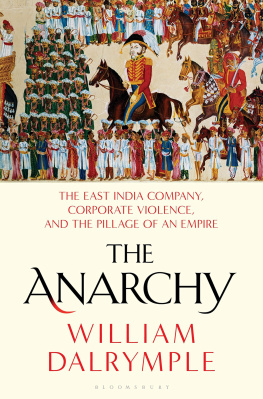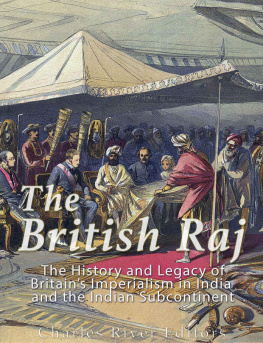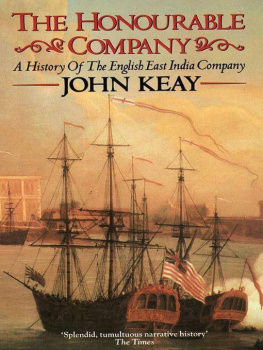First published 2017
by Routledge
2 Park Square, Milton Park, Abingdon, Oxon OX14 4RN
and by Routledge
711 Third Avenue, New York, NY 10017
Routledge is an imprint of the Taylor & Francis Group, an informa business
2017 J. Albert Rorabacher and Manohar Publishers & Distributors
The right of J. Albert Rorabacher to be identified as author of this work has been asserted by him in accordance with sections 77 and 78 of the Copyright, Designs and Patents Act 1988.
All rights reserved. No part of this book may be reprinted or reproduced or utilised in any form or by any electronic, mechanical, or other means, now known or hereafter invented, including photocopying and recording, or in any information storage or retrieval system, without permission in writing from the publishers.
Trademark notice : Product or corporate names may be trademarks or registered trademarks, and are used only for identification and explanation without intent to infringe.
Print edition not for sale in South Asia (India, Sri Lanka, Nepal, Bangladesh, Afghanistan, Pakistan or Bhutan)
British Library Cataloguing in Publication Data
A catalogue record for this book is available from the British Library
Library of Congress Cataloging in Publication Data
Catalog record for this book has been requested
ISBN: 978-1-138-23487-1 (hbk)
ISBN: 978-1-315-27676-2 (ebk)
Typeset in Garamond
by Kohli Print, Delhi 110 051
To Hava, my wife, friend, companion, conscience, and protector; you make my work possible and my life enjoyable.
Every non-fiction work begins with a question. The question here was: Why did the officers and servants of the Governor and Company of Merchants of London Trading into the East Indies (1600), later to be known as the United Company of Merchants of England Trading to the East Indies (1708) (hereafter simply referred to as the 'Company') institute three different forms of land revenue tenure once they had become responsible for the collection of land revenue in India, initially on behalf of the Mughal Empire and, later, on their own behalf and many of the independent native states? In the process of answering the question of why, all the other questioning words come into play. In the end, there is undoubtedly no single answer; after all, we are dealing with human beings, each with his or her own personal agenda. It is these human agendas, or interactions, and their subsequent consequences that supplies the force that drives history.
Much like Ian Morris' concept of- social development, social interaction involves the interplay of often unseen forces, events, people, and environments., below. In each diagram, every ball represents an event, a person, an idea, or an innovation, and the lines connecting them represent just some of the interaction possibilities. Imagine, somewhere within these networks there is one ball that all the others are interacting with, however ephemerally or insignificantly, influencing that one special ball. That special ball is our topic.
Historical interaction networks are generally spontaneous, seldom linear, often accidental and sometimes fortuitous; and because they are unplanned, one never knows what form they will take nor who or what will be involved. Sometimes, this is referred to as a modified 'Big History' approach to history; where one searches for the linkages between individuals, ideas, inventions, and events. It examines long time frames using a multidisciplinary approach based on combining numerous disciplines from the sciences and the humanities, and explores human existence in the context of a bigger picture.

: A Simple Interaction Network.

: A More Complex Interaction Network.
Historical interaction networks change situations by shaping and deploying or redeploying human artefacts, structures, patterns, and behaviours within environmental settings. People did not begin to move away from the idea of linear relationships in almost all the sciences until the mid-twentieth century, with physics as one of the first disciplines to explore non-linear, interactive relationships.
Within mathematics there is a discipline known as Chaos Theory. Here we can use it, not as a tool of analysis but as an alternative way of thinking about human interaction. Chaos theory is based on the idea that initial conditions have an impact on final outcomes. Edward Lorenz, one of the early pioneers of chaos theory, is said to have one day spontaneously jotted down the following on a piece of paper: 'Chaos is when the present determines the future, but the approximate present does not approximately determine the future.'
Throughout his career, Lorenz relentlessly searched for the essence of nonlinearity, seeking to describe this incredibly complicated phenomenon in its simplest of terms. There may be a pattern of historical interactions between the balls in our network diagrams but uncovering those linkages is extraordinarily difficult and often we overlook real answers because they are not easy to find in a world filled with chaos.
William H. McNeill and Ian Morris, among others, have sought to reduce the almost randomness of human historical patterns to comprehensible brush-strokes in their seminal writings. Here, the author has attempted to find some of the more readily identifiable factors and processes that have contributed to the British decision to alter time-honoured systems of land rights and revenue in what was becoming colonial India in the late eighteenth and early nineteenth centuries. Needless to say, these factors, processes, and people are frequently found to exert overlapping, interwoven, and repetitive influences on the evolution of ideas and the actors on history's stage.
Here we will deal with issues of economics, political economy, philosophy, ideologies, and personalities, looking for an explanation to our basic question, piecing together the 'pieces of a puzzle' that geographically spans the globe and historically spans several centuries, and includes numerous political regimes, several cultures, and thousands of individuals. In all likelihood, there is no one, all encompassing coherent and definitive answer or explanation. Nevertheless, we also must guard against the tendency to simply fabricate 'an answer', an explanation that seems to fit what we call 'the facts'. In so doing, are we overlooking the obvious in our attempt to come to grips with an unfathomable quantity of data (facts)? One need only consider the volume of correspondence, queries, directives, and reports of the Company over its nearly 250 years existence, now stored in libraries, museums, institutions, archives, and warehouses around the world. There are, undoubtedly, millions of pages of documentation, many of which have never been catalogued, or touched by a human hand in decades, if not centuries. One can only imagine how much similar documentation has been simply lost or destroyed, intentionally and unintentionally. Mill's observation, made in 1815, on the quantity of the Company's documentation continues to sound like a claxon: the vastness of the Company's 'library' is '... appalling by its magnitude, that many years appeared to be inadequate to render the mind familiar with it'. It is doubtful that any one person could, in fact, have a command of all that documentary data.


